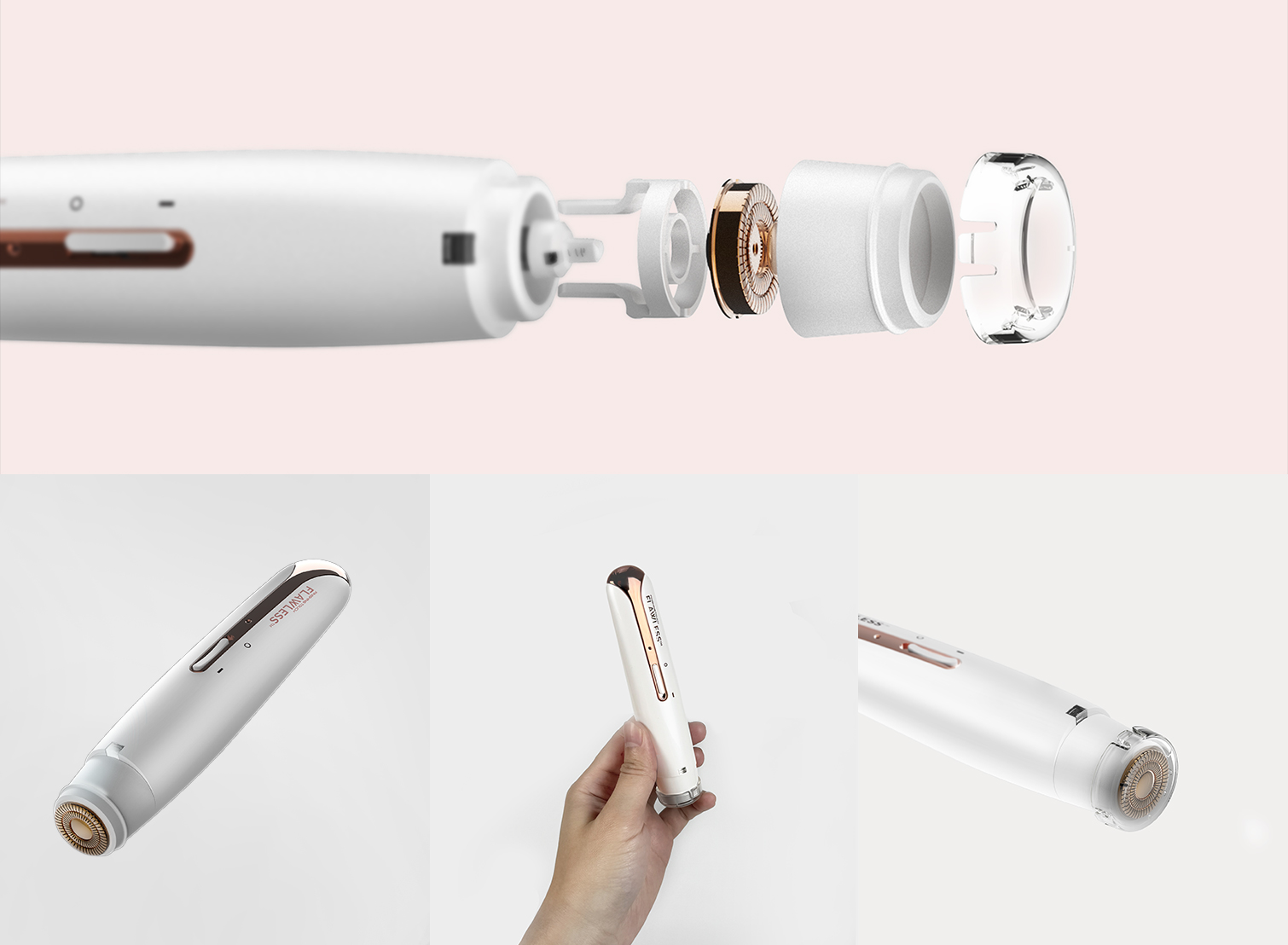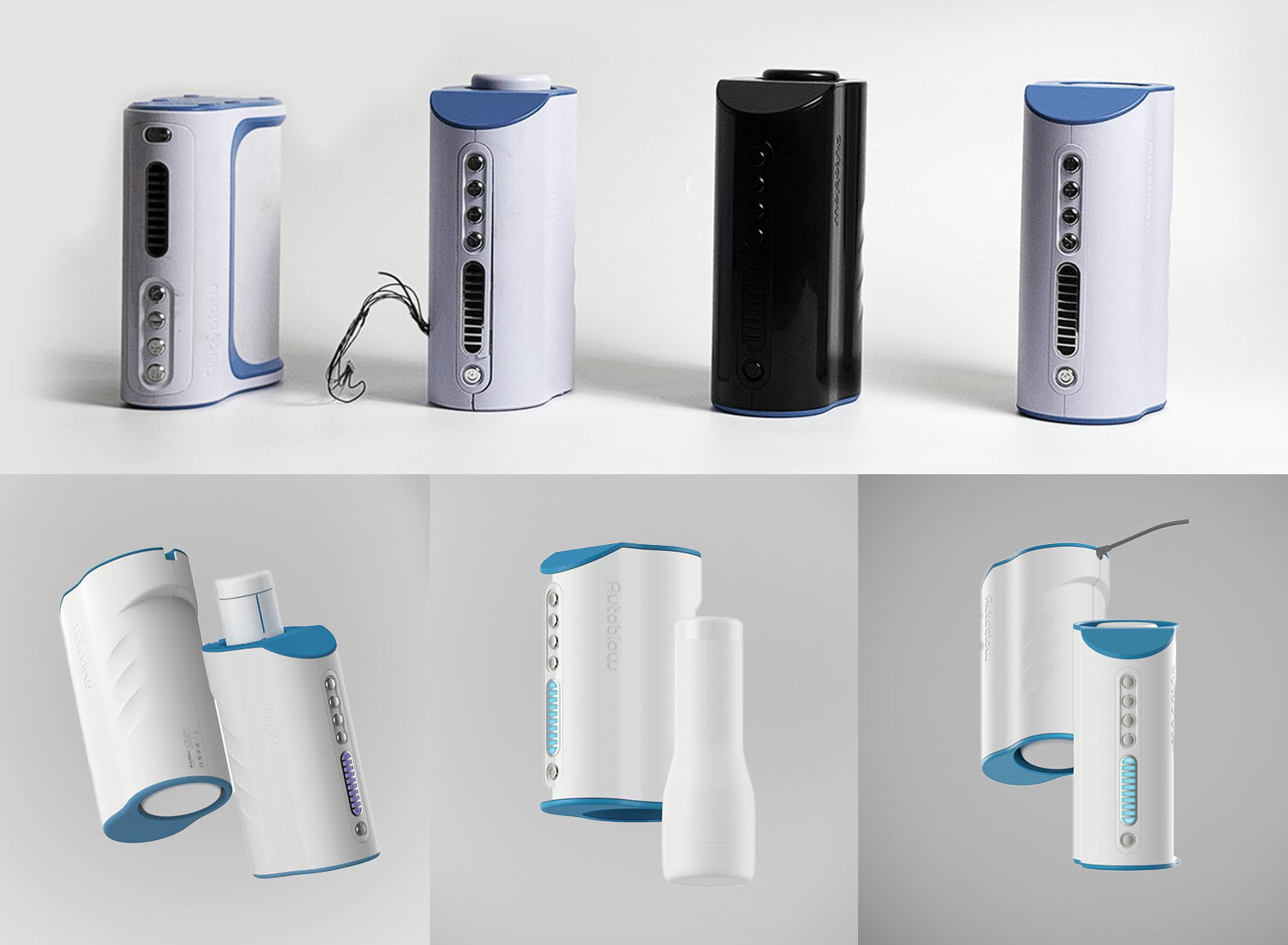Creating a Quality Assurance Plan
A well-structured Quality Assurance (QA) plan is critical for ensuring consistent product quality when manufacturing overseas. This plan serves as a guide for both you and the supplier, outlining the standards your product must meet and the processes to follow at every stage of production.
Here are the key steps to creating an effective QA plan:
Step 1: Define Product Specifications
Defining product specifications is the foundation of your QA plan. This step ensures that your manufacturer knows exactly what you’re expecting, reducing the risk of errors and miscommunication.
Actionable Steps:
- Create a Detailed Product Specification Sheet: Include all critical characteristics like dimensions, weight, materials, colors, and design features. For example, list tolerances for variations in size and acceptable materials (e.g., steel type or fabric grade).
- Visual Aids: Add diagrams, photos, and 3D renderings to the sheet for clearer communication.
- Digital Specifications: Ensure that your document is available in easily accessible formats (PDF, CAD files) to reduce the chances of errors during production.
Step 2: Set Quality Standards and Criteria
Establishing quality standards ensures the product meets your expectations consistently. Whether it’s aesthetic appeal, functionality, or durability, clear criteria help avoid costly mistakes.
Actionable Steps:
- Establish Industry Standards: If applicable, reference industry standards like ISO (International Standards Organization) or CE certification. These provide a baseline that the manufacturer must meet.
- Internal Benchmarks: Set internal quality benchmarks based on your brand’s quality promise (e.g., longevity or finish of the product).
- Create a Quality Checklist: For each product specification, list criteria such as material quality, durability tests, or design features. This checklist can be used by inspectors during the various stages of production.
Step 3: Establish Key Checkpoints in Production
By setting checkpoints during production, you can detect issues early before they escalate, ensuring that problems are resolved quickly and efficiently.
Actionable Steps:
- Schedule Pre-Production Sample Reviews: Review a few samples before mass production begins to confirm that the product matches the agreed specifications.
- Conduct Mid-Production Inspections: At this stage, identify any potential issues before too many units are produced, reducing waste and errors.
- Final Inspection: Before shipment, verify that the products meet the agreed specifications. Include packaging inspections to ensure that items are properly protected for transit.
Step 4: Define Inspection and Testing Methods
Having clear, well-defined inspection methods is crucial to catch quality issues.
Actionable Steps:
- Outline Physical and Visual Testing Procedures: Depending on your product, specify whether it should undergo stress tests, functionality checks, or visual inspections.
- Use Standardized Tools: Provide the manufacturer or third-party inspector with specific tools or equipment (e.g., calipers, tensile testers) to check the product. This ensures the consistency and accuracy of inspections.
- Set Acceptable Tolerances: Define what is acceptable when it comes to variation. For example, a weight variance of ±1% might be acceptable, while a color mismatch may not.
Step 5: Set Reporting and Documentation Procedures
Keeping accurate records of inspection results is key to ensuring ongoing quality and providing proof of compliance with your standards.
Actionable Steps:
- Create Standard Reporting Templates: These templates should include sections for identifying any defects, photographic evidence, and action steps for resolving issues.
- Define Reporting Schedules: Set clear deadlines for report submissions (e.g., after each production stage).
- Track Non-Conformance Trends: Use the reports to track recurring issues over time, enabling you to identify patterns and make adjustments in future production runs.
Step 6: Create a Feedback and Correction Process
If defects or non-compliance issues are found, your plan should include corrective actions to resolve these problems efficiently.
Actionable Steps:
- Define the Escalation Process: Clearly state how issues should be escalated (e.g., informing the factory manager), and at what point production should be paused to address the problem.
- Set Deadlines for Correction: Provide the manufacturer with a timeframe in which issues must be resolved to avoid delaying production.
- Plan for Defective Units: Define whether defects should result in rework or disposal and agree with the manufacturer on how to handle these costs (e.g., supplier absorbs the cost of rework).
Step 7: Implement Consequences for Non-Compliance
Your plan should define the repercussions for suppliers failing to meet the quality standards, encouraging them to maintain high standards.
Actionable Steps:
- Include Penalties in Contracts: Specify the penalties for non-compliance, such as financial penalties, cancellation of orders, or withholding payment until the issue is resolved.
- Negotiate Rework or Replacements: If quality fails to meet the standard, clearly define in your contract how rework or product replacements should be handled, including the costs involved.
Step 8: Review and Improve the Plan
Quality assurance is an ongoing process. Regularly reviewing the QA plan allows for improvements based on performance data and lessons learned from previous production runs.
Actionable Steps:
- Set Regular Review Dates: Schedule QA plan reviews after each production cycle or quarterly, depending on the production schedule.
- Incorporate Feedback: Use feedback from internal teams (e.g., product developers or sales staff) and customer reviews to make necessary adjustments.
- Use Performance Metrics: Track metrics such as defect rates, the number of reworks, and customer complaints to refine your QA plan over time.
Curious About the Hidden Costs of Compromising Quality?
Learn how sacrificing quality for efficiency can impact your bottom line—and what you can do to maintain high standards in manufacturing.
Read our in-depth analysis on the significant cost of sacrificing quality and discover real-world examples like the Takata airbag recalls and Volkswagen’s Dieselgate scandal.










